CSMS #42439611 – CBP processes for the Federal Emergency Management Agency (FEMA) Exemptions from the Temporary Final Rule (TFR) Published in the Federal Register on April 10, 2020.
On April 21, 2020, the Federal Emergency Management Agency (FEMA) published in the Federal Register a notice of exemptions from the allocation order issued through a Temporary Final Rule (TFR) published on April 10, 2020. The intent of the allocation order is to ensure that materials subject to the Presidential Memorandum (PM) regarding allocating certain scarce or threatened personal protective equipment (PPE) materials (covered materials) remain in the United States for use in responding to the spread of COVID-19, and to prevent domestic brokers, distributors, and other intermediaries from diverting such covered materials overseas.
Covered materials are defined in the FRN which can be found at https://www.federalregister.gov/documents/2020/04/21/2020-08542/prioritization-and-allocation-of-certain-scarce-or-threatened-health-and-medical-resources-for and may be summarized as:
- N-95 Filtering Facepiece Respirators,
- Other Filtering Facepiece Respirators (N99, N100, R95, R99, R100, or P95, P99, P100),
- Elastomeric, air-purifying respirators and appropriate particulate filters/cartridges;
- PPE surgical masks,
- PPE gloves or surgical gloves,
Pursuant to the allocation order, FEMA may review shipments of covered materials and, subject to certain exemptions, determine whether to (1) purchase some or all of the shipment through a Defense Protection Act priority-rated order, (2) return some or all of the shipment for domestic use, or (3) allow some or all of the export to proceed.
Covered materials that are being exported and that fall into one or more of the exemptions described below may proceed immediately for export as scheduled.
- Shipments to U.S. Commonwealths and Territories, Including Guam, American Samoa, Puerto Rico, U.S. Virgin Islands, and the Commonwealth of the Northern Mariana Islands (Including Minor Outlying Islands).
- Exports of covered materials by non-profit or non-governmental organizations that are solely for donation to foreign charities or governments for free distribution (not sale) at their destination(s).
- Intracompany transfers of covered materials by U.S. companies from domestic facilities to company-owned or affiliated foreign facilities.
- Shipments of covered materials that are exported solely for assembly in medical kits and diagnostic testing kits destined for U.S. sale and delivery.
- Sealed, Sterile Medical Kits Where Only a Portion of the Kit is Made Up of One or More covered materials That Cannot be Easily Removed Without Damaging the Kits.
- Declared diplomatic shipments from foreign embassies and consulates to their home countries. These may be shipped via intermediaries (logistics providers) but are shipped from and consigned to foreign governments.
- Shipments to Overseas U.S. Military Addresses, Foreign Service Posts (e.g. Diplomatic Post Offices), and Embassies.
- In-Transit Merchandise: Shipments in Transit through the United States with a Foreign Shipper and Consignee, Including Shipments Temporarily Entered into a Warehouse or Temporarily Admitted to a Foreign Trade Zone.
- Shipments for Which the Final Destination is Canada or Mexico.
- Shipments by or on behalf of the U.S. Federal Government, including its Military.
In addition, the export of covered materials from shipments made by or on behalf of U.S. manufacturers with continuous export agreements with customers in other countries since at least January 1, 2020 are exempt, so long as at least 80 percent of such manufacturer’s domestic production of such covered materials, on a per item basis, was distributed in the United States in the preceding 12 months. FEMA and CBP are working to establish a process to identity the manufactures that qualify for this exemption.
In order to qualify for exemptions 2, 3, 4, 8, and 9, FEMA requires a letter of attestation, submitted via the document imaging system (DIS). For these exemptions, the exporter, shipper or their agents should present the letter via DIS, on company letterhead, signed by a responsible company official, including:
- a description of which exemption(s) the exporter is claiming;
- details regarding the shipment that are sufficient for the CBP and FEMA officials to determine whether the shipment falls under the claimed exemption(s), including the required information identified in the Federal Register notice published on April 21, 2020;
- a statement that the provided information is true and accurate to the best of the exporter’s knowledge, and that the exporter is aware that false information is subject to prosecution under the DPA, as outlined in the allocation order.
Regarding exemption 9, the letter of attestation must state that the covered materials are for use in Canada/Mexico, and will not be transshipped through those countries and for exemption 8 it largely applies to goods temporarily entered into a bonded warehouse or Foreign Trade Zone with the intent to leave the US.
In order to avoid detention of shipments, letters should be uploaded in DIS at the same time as the Electronic Export Information (EEI) is transmitted in the Automated Export System (AES).
When submitting to DIS, filers have the following options to transmit:
- Electronically through secure web services, file transfer protocol, or messaging queue.
- By Email to docs@cbp.dhs.gov
Successful submissions will receive an automated ‘submission status email’ indicating Success or Failure. Technical guidelines for electronic or e-mail submission are available at www.cbp.gov/ace-dis
For questions about the process or specific shipment issues contact utilize the COVID—19 Exports Intake at https://imports.cbp.gov/s/. Select the Export Cargo Hold/Facilitation Assistance button.


